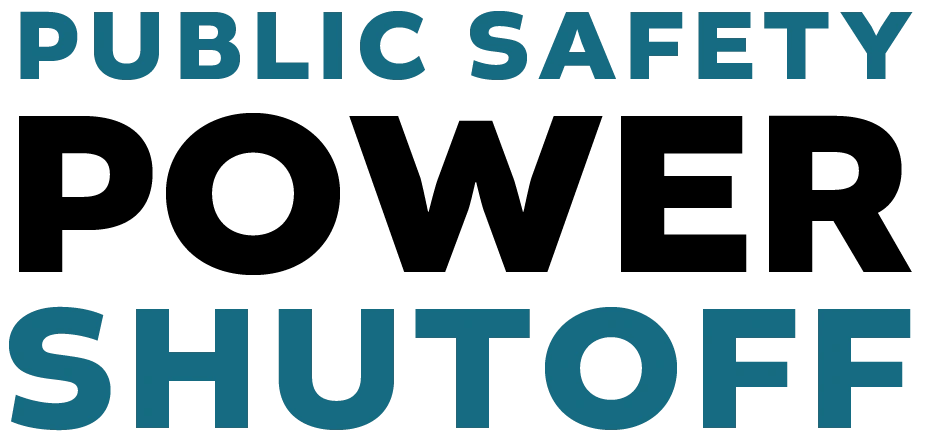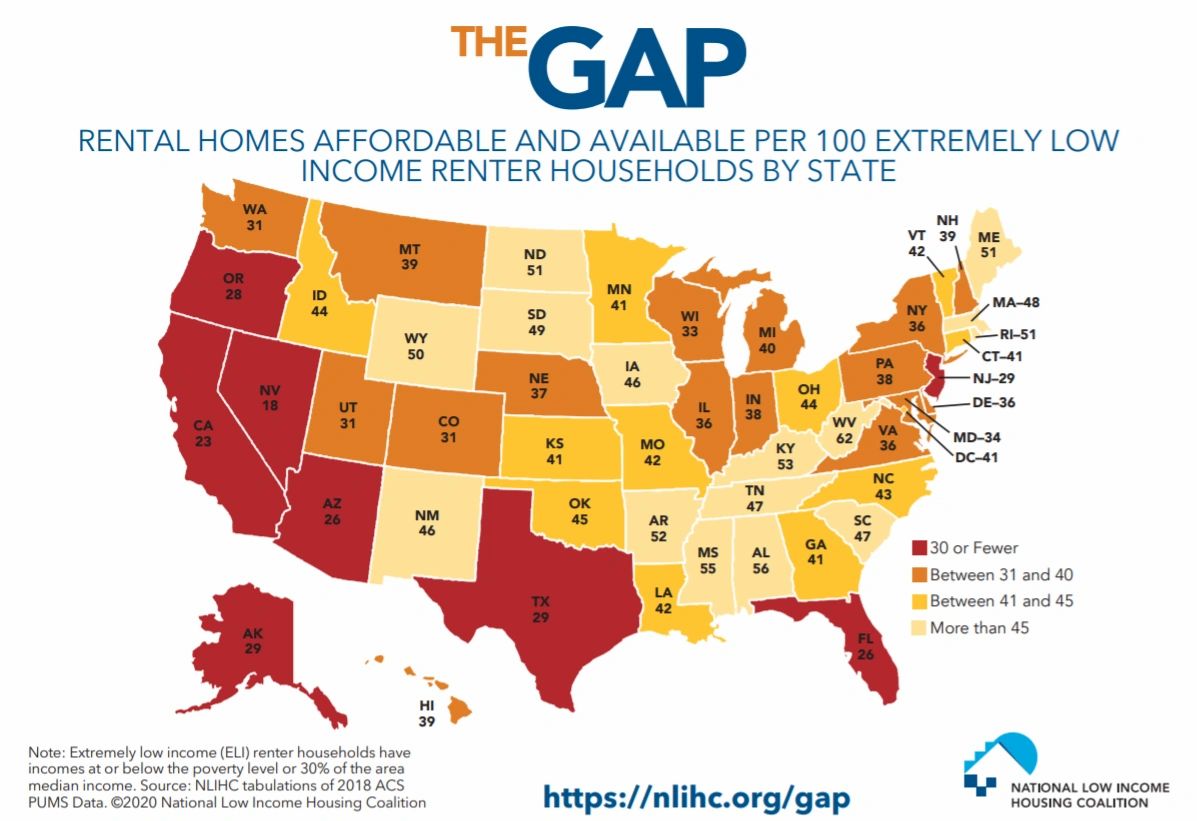IO NEWS
A New Sustainabiltiy Paradigm: Resiliency Through Collaboration

When confronted with this COVID-19 pandemic, our society responded with stories of international unity and solidarity. The noise of politics should not drown out the objectively inspirational goodwill demonstrated by our neighbors. Countless examples of civilian and corporate altruism permeate our news feeds, as seen in articles such as this.
As stated in an opinion piece by the Atlantic, "Most Americans now alive have experienced no more than one or two moments of nationwide unity. The oldest Americans remember the victory gardens and scrap-metal drives of World War II; Baby Boomers might recall the period of national mourning after John F. Kennedy’s assassination in 1963; many of us recall the wave of patriotism and flood of flags after 9/11. Someday, we may very well tell future generations about the spirit of 2020, the spring of the coronavirus, when we learned about social distancing and exponential spread." Read more here.
While the Coronavirus curve beings to flatten and as businesses start to re-open, we must take this opportunity to learn from this experience and take inventory on what our world needs the most right now. Our society is now presented with a unique opportunity to continue this trend of unity. In fact, to avoid future economic, environmental, and societal hardships, we must change old paradigms to include the demand for decisive collaboration.
Frankly, there is a lot of work ahead of us if we want to continue our mission towards the creation of a connected, sustainable, and resilient society. Beyond the fact that some environmental rules have been loosened during the COVID-19 crisis, the renewable energy industry as a whole now faces some unique challenges.
Albeit the clean energy workforce has been growing and performing better than the oil industry during these times, "More than 106,000 clean energy jobs were eliminated in the month of March due to the novel coronavirus outbreak," as stated in an article by utility drive, seen here. "In early 2020, before the coronavirus spread to the U.S., clean energy employment increased for the fifth straight year to employ more than 3.3 million workers nationwide (accounting for 40% of the entire U.S. energy workforce)," according to E2.
This setback cannot have come at a more inconvenient time. As stated by Utility Drive, "The top priority of a California microgrid proceeding is to reduce impacts on customers of the public safety power shutoffs (PSPS), implemented by the utilities to reduce wildfire risks." As stated by CNBC, the 2019 power outages may have cost the California economy more than $2 billion. However, partly due to the challenges engendered by COVID-19, PG&E and SCE have now abandoned and delayed big microgrid plans for temporary emergency measures, as the wildfire season nears closer and closer.

We must prepare ourselves for longer and more frequent outages and power disruptions, as stated in Bloomberg Green. Instead of preparing for the 2020 blackout season and taking measures to flatten the energy curve, we must stay inside to flatten the Coronavirus curve. California droughts and fires will continue, scientists insist within the San Francisco Chronicle. As a result, wildfires will continue to happen. Subsequently, we will likely continue to be unprepared for future Public Safety Power Shutoff events.
In fact, our first utility blackouts have already happened. On April 16th, 2020, parts of Danville California were left without power for eight hours, while citizens were sheltered at home. "PG&E said the work cannot be delayed with wildfire season quickly approaching," as stated in a news article from NBC. In the midst of the government ordered shelter-at-home quarantine, some unhappy neighbors were left with spoiled food, since the power shutoff rendered the fridge unusable for hours. Industry veterans see this outage as a warning sign for what might come to be later this year.

COVID-19 has also left our vulnerable populations in an even more precarious situation. In a recent National League of Cities webinar with the National Low Income Housing Coalition President and CEO, Diane Yentel, and as reported by Smart Cities Drive, "The novel coronavirus pandemic will result in an extra 1.5 million U.S. households becoming extremely low-income." In comparison to the rest of the nation, California has some of the lowest availability for affordable housing for low-income families, according to the National Low Income Housing Coalition. Therefore, our push towards resiliency must include a proportional prioritization towards finding solutions for our low-income neighbors.
Local microgrids, or nanogrids, may very likely be the solution our industry needs to combat the resiliency issues exasperated by COVID-19. To learn more about microgrids, listen here. Microgrid technology ensures that power is preserved and kept ON during power outages, such as PSPS events. As stated by Microgrid Knowledge, "History tells us that disasters tend to spur new interest in microgrids. This pandemic is no exception as COVID-19 strains hospitals, data centers and food distribution and delivery systems, making power outages unthinkable."
Connecting communities through microgrids and nanogrid technologies will also advance a more equitable solution for the low-income households. Low-income families are often located in less efficient buildings due to poverty and discrimination. That results in higher energy costs, because property owners often don’t install energy saving measures. When microgrid and nanogrid technology connects and aggregates previously disparate and uncoordinated renewable energy resources, unique financing models become available, making it possible for households of all income levels to acquire nanogrids at no up-front cost. The stored power within nanogrids can be aggregated and monetized when responding to utility demand, enabling financing models such as 'energy-as-a-service' and 'pay-as-you-save.' As stated by Microgrid Knowledge, "under the pay-as-you-save model, the government would pay for upfront costs. Part of the savings generated by the use of solar energy would be used to pay back the cost of the system. These customers could save 5% to 10% on their bills and could pay back about half of the capital cost in about 10 years. Low-income residents wouldn’t necessarily have to pay back the government’s initial investment. Funds now used for energy assistance to low-income households could help pay for the nanogrid."
Just as the world has united to combat the virus, companies within the renewable energy sector must band together and insist on a better energy grid, and a new paradigm. The energy grid of the future must be responsive to the new needs of this decade. Distributed energy resources must be connected, optimized, and scalable. Our utility demand curve must become flattened, so that more renewable energy projects can proliferate throughout the nation. Resiliency through decisive collaboration must become our new standard.
Organizations such as Microgrid Knowledge have already responded to this call, through transitioning their yearly conference to a free virtual venue. Join Instant ON, and others, June 1-3 at the Microgrids as a Recovery Tool during Social and Economic Disruption Conference. Instant ON commits to contribute to this new paradigm through creating and piloting replicable projects to serve as a template for future nanogrids and microgrids, such as our “Home as a Service” model, which will bring affordable microgrids to military veterans. Instant ON also is actively seeking partners to collaborate on several Department of Energy funding opportunities which seek to boost operational and energy grid efficiency. As stated by the DOE, "grid-interactive and efficient buildings are emerging as dynamic solutions to many energy challenges."
When we connect our communities, commit to collaboration, and insist on resiliency during times of instability, we protect our future generations from hardship. When we create this new paradigm, we give our world a fighting chance.
Published by David Perzynski on 4/17/2020.
For more information about IO's approach, contact Instant ON here.
Follow us on Youtube for our weekly Friday live streams here.
To receive our weekly news updates, enter your email here.
Follow us on Linkedin here.
Follow us on Facebook here.